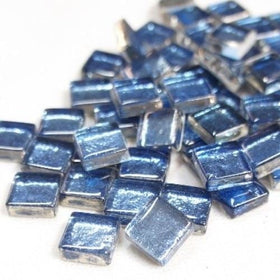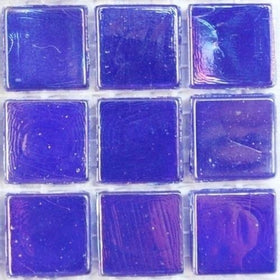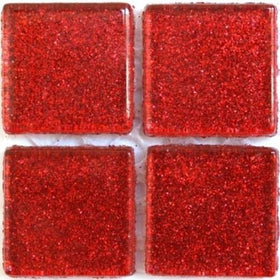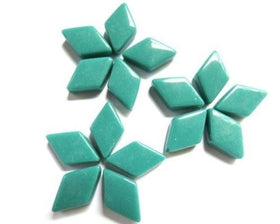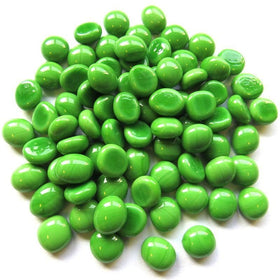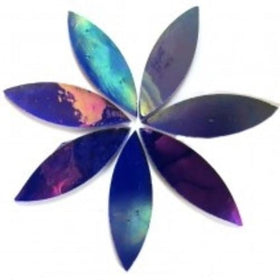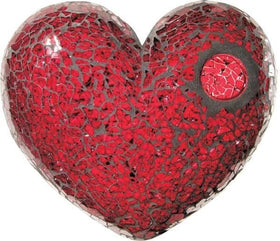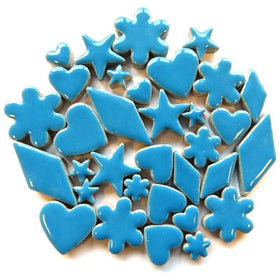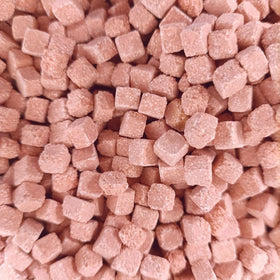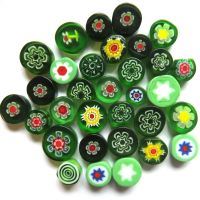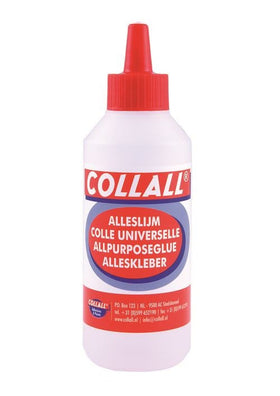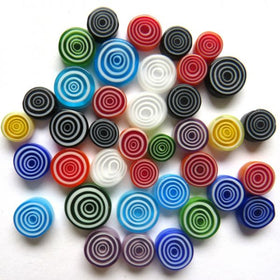The Roman Pool: Hearst Castle
William Randolph Hearst (1863-1951) best known for building America’s largest newspaper empire was also a collector, patron and enthusiastic appreciator of the arts. A tract of land was handed down to him from his father and mother in San Simeon, California. For years the Hearst family used this property as a retreat and planned “camping” trips to the remote property; though camping for the Hearsts might not be what most of most think of when heading out to the back-country. They had a fairly comfy set-up that consisted of elaborate sleeping quarters and a separate dining tent.
Eventually Hearst embarked on a building project which would span almost three decades from 1917 to 1947. He engaged the young up and coming San Francisco architect, Julia Morgan, to design the grouping of mansions that would later become known simply as Hearst Castle. Hearst himself referred to the compound as “The Enchanted Hill” as the buildings of the sprawling estate were erected at the top of a remote rise on the 250,000 acre property.
The Roman Pool
Over the years, visitors to the mansions on the hill included a long list of the rich and famous, including movie stars, national and international politicians (including Winston Churchill), presidents and financial moguls. Visitors were expected at the evening dinner table but during the daytime were free to roam the estate and entertain themselves.
One of the entertainment areas, favoured by many of these guests was the indoor Roman-style pool. It was constructed over the course of seven years between 1927 and 1934. This indoor pool complex includes a room for exercise, sweat baths, hand-ball courts and dressing rooms; in all, 1, 912 sq. ft. of meticulously tiled opulence.
Hearst’s fascination and love of mosaic tile artwork is showcased in the Roman Pool The one inch square smalti glass tiles that pattern the walls, ceilings and floors of the pool area are predominantly blue in colour. Hearst was fascinated by the ancient mosaics that decorated the Mausoleum of Galla Placidia in Ravenna, Italy. It can be seen from the image below that this fascination definitely influenced the choice of mosaic tiling for the roman pool complex.
As well clear glass tiles with gold foil fused into their interior create patterns throughout the pool area. These touches of gold create a feeling of luxurious decadence in all who visit this bath. The video below captures details of some of these gilded images.
Visual artist, Camille Solon (1877-1960) worked closely with architect Julia Morgan creating the mosaic features that graced the indoor pool. He also worked in other areas of the Enchanted Hill project and was the art director at the construction site from 1925 to 1944. His brother, Albert Solon, co-owned the tile company which supplied materials for the mosaics and tile features on the San Simeon estate, which is likely how Camille became involved in this project.



